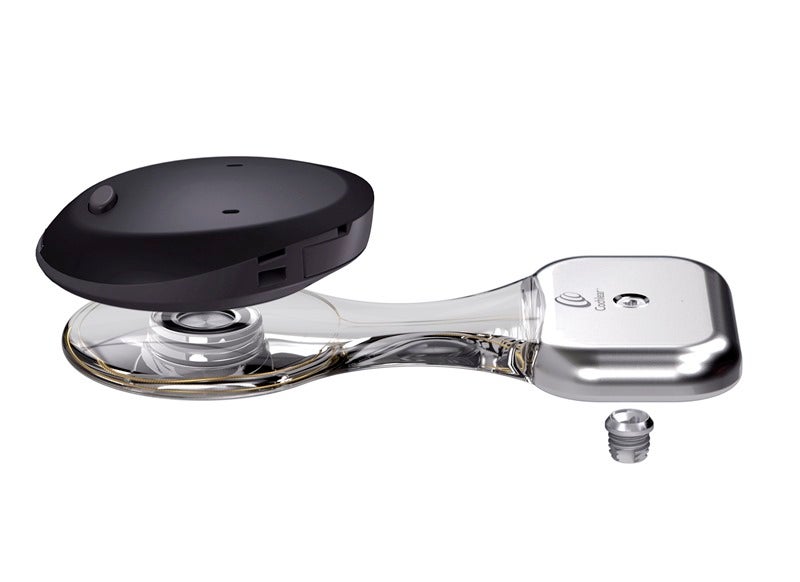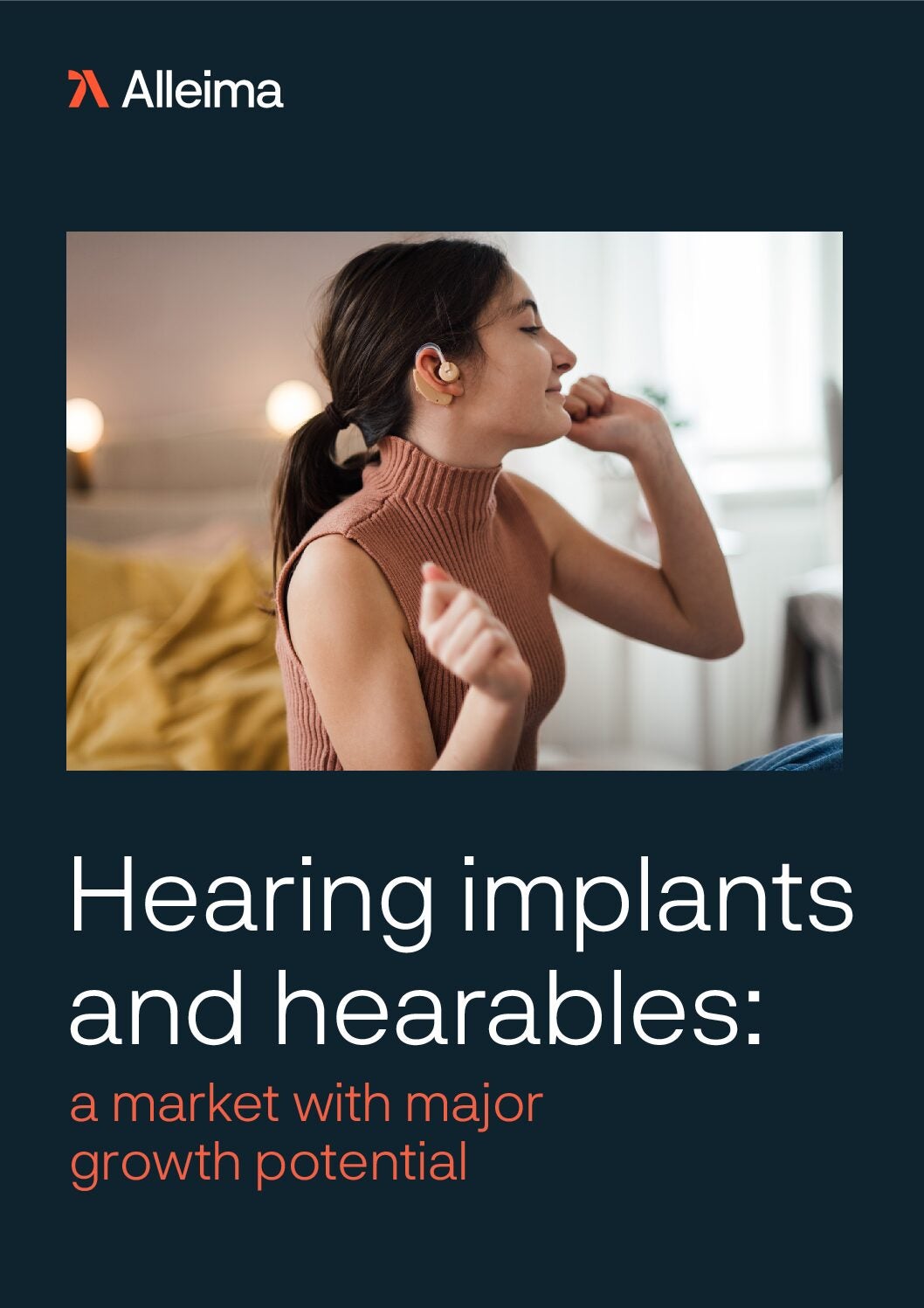
Australia-based Cochlear has received clearance from the US Food and Drug Administration (FDA) for its Osia 2 implantable bone conduction hearing system.
The hearing implant system connects the Osia OSI200 Implant with an osseointegrated BI300 Implant to send sound vibrations through the bone. It features a thin profile and monolithic design that enables implantation of the system via simple surgery.

US Tariffs are shifting - will you react or anticipate?
Don’t let policy changes catch you off guard. Stay proactive with real-time data and expert analysis.
By GlobalDataOsia 2 Sound Processor capture sounds and sends both the sound vibrations and power to the internal implant.
The system is designed to treat hearing impairment associated with conditions such as chronic otitis media, otosclerosis, conductive hearing loss, mixed hearing loss and single-sided sensorineural deafness (SSD).
Osia’s System Piezo Power transducer is designed to expand and contract, sending powerful sound vibrations directly to the inner ear.
Unlike conventional bone conduction transducers, the Piezo Power transducer has no movement between the inner workings of the implant.
Powered by a wireless digital link, this transducer amplifies frequencies of sound to a high level.
Cochlear acoustics clinical affairs director Mats Dotevall said: “We aimed to leverage Cochlear’s long history of innovation in both the cochlear implant and bone conduction implant spaces to create something entirely new.
“Rather than implanting a conventional electromagnetic transducer, we chose to work with piezoelectric material because of its unrivalled suitability for this type of implanted application. Lifetime testing shows Piezo Power technology provides powerful and consistent performance over time.”







